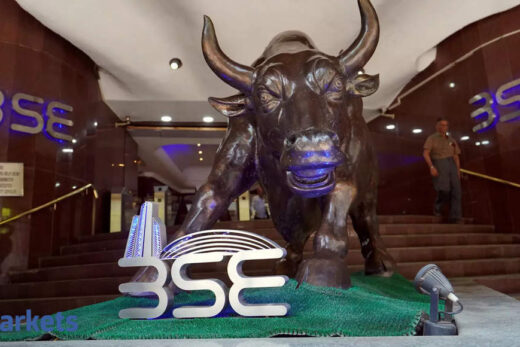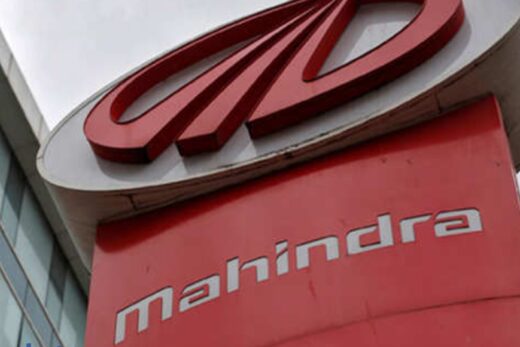Are we seeing growth in demat accounts at the cost of SIPs and of mutual fund participation or are these growing hand in hand?
We have been in a period of historically low interest rates. The low interest rate regime combined with the low inflation is leading to financialisation of savings. Indians used to put their money in physical assets like real estate and gold. The long term trend used to be that when inflation and interest rates were high, people shifted to physical assets and when there was low inflation, low interest rates and financialisation of savings, a shift from physical assets to financial assets took place. That is the first move which is happening. The charm of buying a house and gold is losing sheen.
The second thing is the consumer surplus. There are two types of surpluses — financial surplus because during the pandemic, incomes did not come down for the middle and high income people; only the marginal workers, the migrants got affected. For the middle and high income people, salaries were there, increments were paid and incomes were relatively stable. But their expenses came down dramatically because of the lockdown and the pandemic. So the consumer surpluses in money terms went up number one.
Then there was a time surplus because they were all working from home and operating through the internet. So, there was a lot of time in hand and in this Google driven age, they have enormous information about all asset classes and markets. So the time surplus plus financial surplus combined which meant they had to invest in financial assets. There is a TINA factor when it comes to financial assets.
Bank deposits were the traditional buzzword of Indian investment in financials as there was a guaranteed return. Today the fixed deposit rates are 5.5% and for a person paying 20% income tax, the 5.5% minus 1.1% becomes 4.4%. So there is no alternative (TINA) when you have to go for financial savings and the alternatives give 4.4% return while the equity market gives single digit 8% return.
So, we are talking about almost 75% more income from the equities market. It does not take too much brains to figure out this math and for the young, smart investors, information is available at their fingertips. So demat accounts and even new folios for mutual funds have grown; SIP book has grown and NFOs for mutual funds are collecting five figure which was never the case in the previous boom
All these factors put together means there is a fundamental shift in the Indian middle classes thought process on equities. The final icing on the cake is the confidence they have with the Modi regime. The first 5 years of Modi were gone in preparation. During the second term, the Covid pandemic hit and then we saw the markets rise on the confidence that this government means business. The average investor has an undying faith in the power of the Indian economy to grow. All these factors emotionally have come into play and that is why we are seeing this phenomenal increase in mutual fund SIP books.
A new class of investors is emerging who are not looking at the market with the kind of fear that the typical middle class householders showed when they put their money in markets. These are people who are very comfortable using their phones to trade whether it is in equity or it is in crypto currency. The new investor may be smaller in number now but as they grow, they will also define how the markets move?
Undoubtedly. The retail investor is an emotional being toggling between fear and greed and on a sustained correction of a week-10 days, they could panic. They used to say in the stock market that when your shoeshine boy is talking stocks, it is time to sell because during Harshad Mehta days, people used to invest based on rumours.
Today’s investor is overloaded with information, he is highly educated and I expect him to be significantly more mature than the older retail investor of say 2006-2007 who was a typical middle class employee who just put into equity markets because of rumours and tips. We have a much more evolved young middle class millennials who I assume will look at the risk and invest. But ultimately, there is an emotional decision. As long as there is a good picture of the future, there is confidence. Modi has given us belief India can grow and thrive. The new India has a confident Indian. Today there is a new aggression.
It is true that the market always has an eye on the future and will buy on rumours and sell on facts. As long as one year or two years from now, the future outlook of India continues to be bright, there will be people buying. So it does not matter if the reality does not catch up with the expectation
As a country, thanks to our demographic dividend, family planning did not work till 2015 as India’s working population went on rising whereas from 2017, China’s working population has started declining. so The $2000 per capita income is also a cusp. When countries like Singapore, Korea, Taiwan crossed $2000 per capita income, they shot to $10,000 over a decade. We are at that kind of a tipping point as a country. The long term blue sky picture of India is one of a decade of high single digit growth which is feeding into this optimism.



